-

+86-577-57156888
-

-

+86-577-57155869
-

11th Floor, Building 6, Headquarters Economic Park, Yueqing, Zhejiang, China
Cloud-Connected Circuit Protection: IoT Breakers Managed Through 4G Control
Industry News-IoT Circuit Breaker and 4G remote control circuit breaker stand at the intersection of electrical engineering and digital technology, redefining how electrical circuits are monitored, protected, and managed. In an era where electrical systems power everything from industrial production lines to home appliances, the ability to track circuit status in real time and adjust operations from afar has become a critical need. These two innovations bridge the gap between traditional circuit protection and modern connectivity, offering solutions that adapt to the dynamic demands of contemporary electrical environments.

How IoT Circuit Breaker and 4G Remote Control Circuit Breaker Function
At their core, IoT Circuit Breaker and 4G remote control circuit breaker rely on the integration of hardware and software to enable intelligent operation. An IoT Circuit Breaker is equipped with built-in sensors that continuously collect data on key electrical parameters, such as current flow, voltage levels, and ambient temperature. This data is processed locally and then transmitted to a cloud-based platform via a communication module.
The 4G remote control circuit breaker builds on this foundation by leveraging 4G cellular networks to facilitate two-way communication between the breaker and user devices. Unlike traditional breakers that require physical interaction to trip or reset, the 4G-enabled variant allows users to send commands—such as opening or closing the circuit—through the cloud platform. The 4G network ensures that these commands are transmitted quickly, with minimal delay, making remote operation feasible even in scenarios where immediate action is needed.
Together, these components create a closed loop: data from the IoT Circuit Breaker informs users of circuit conditions, while the 4G remote control functionality allows users to respond to that data without being on-site.
Application Scenarios for IoT and 4G-Controlled Breakers
The practical value of IoT Circuit Breaker and 4G remote control circuit breaker becomes evident across a range of settings, where their features address specific operational challenges.
In industrial zones, for example, large facilities often manage dozens of interconnected circuits powering machinery, lighting, and climate control systems. An IoT Circuit Breaker can monitor each circuit’s load, sending alerts to managers if an overload is detected—preventing equipment damage or downtime. The 4G remote control function adds another layer of efficiency: if a circuit needs to be shut down for maintenance, a technician can send the command from a central office, avoiding time-consuming trips to the breaker’s physical location.
Commercial buildings, such as shopping malls or office complexes, benefit from the ability to adjust power usage remotely. During off-peak hours, facility managers can use the 4G remote control circuit breaker to reduce power to non-essential systems, such as escalators or decorative lighting, optimizing energy consumption.
Residential settings also see advantages. Homeowners can check their circuit status via a mobile app, ensuring that appliances are not drawing excess power while they are away. If a circuit trips unexpectedly—say, due to a faulty device—the 4G connection allows them to reset it remotely, avoiding the need to rush home.
Even in remote locations, such as rural workshops or off-grid installations, these breakers prove useful. With 4G coverage extending to many previously underserved areas, the ability to monitor and control circuits without on-site personnel reduces operational costs and improves response times to electrical issues.
Operating a 4G Remote Control Circuit Breaker: A Step-by-Step Overview
Using a 4G remote control circuit breaker involves a straightforward process that prioritizes user-friendliness.
After installing the breaker, users connect it to a 4G network. This typically involves inserting a SIM card with a data plan into the breaker’s communication module, ensuring it has a stable signal.
Users register an account on the associated cloud platform or mobile app, which is provided by the breaker’s manufacturer. Once registered, they pair the breaker with their account by scanning a QR code on the device or entering its unique serial number.
After pairing, the app displays real-time data from the IoT Circuit Breaker, including current, voltage, and temperature readings. Users can set thresholds for alerts—for example, receiving a notification if the current exceeds a safe limit.
To operate the breaker remotely, users select the desired action within the app. The command is sent to the cloud platform, which then relays it to the breaker via 4G. The breaker executes the command and sends a confirmation back to the app, ensuring users are informed of the action’s success.
This process is designed to be intuitive, requiring no specialized technical knowledge, making it accessible to both professional electricians and everyday users.
Key Considerations for Using IoT and 4G-Enabled Breakers
While IoT Circuit Breaker and 4G remote control circuit breaker offer significant benefits, their performance depends on certain operational factors that users should keep in mind.
Network stability is paramount. A weak or intermittent 4G signal can delay data transmission or command execution. Users should test signal strength at the breaker’s installation location and, if necessary, install signal boosters to ensure consistent connectivity.
Data security is another consideration. Since these devices transmit sensitive electrical data and receive operation commands, the cloud platform and app should use encryption to protect information from unauthorized access.
Regular maintenance of the breaker’s sensors is also important. Over time, dust or temperature changes can affect sensor accuracy. Periodic checks—such as comparing sensor readings to a calibrated meter—help ensure data reliability.
 English
English 中文简体
中文简体 عربى
عربى
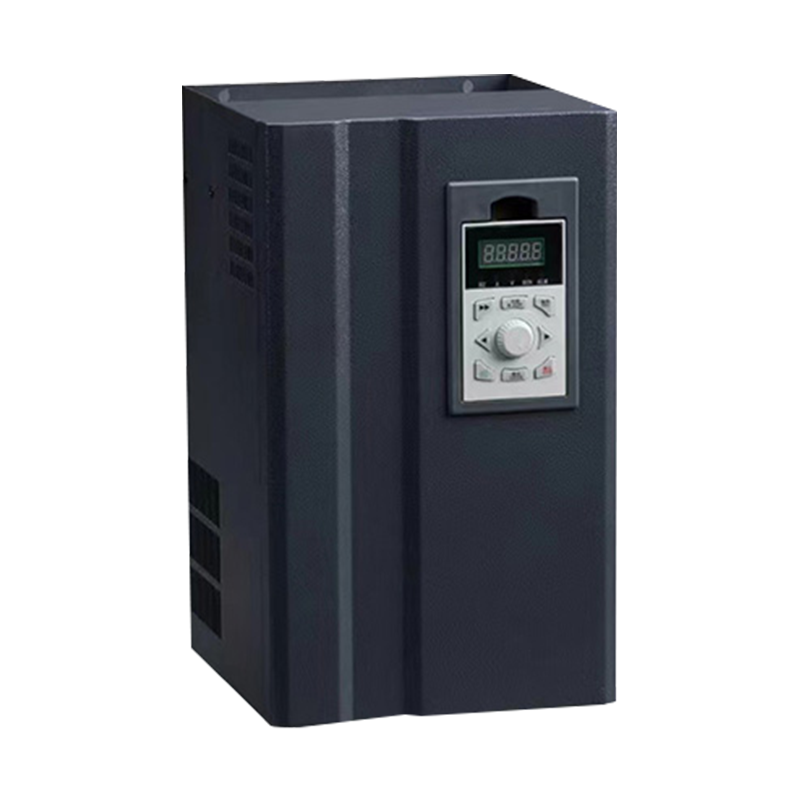
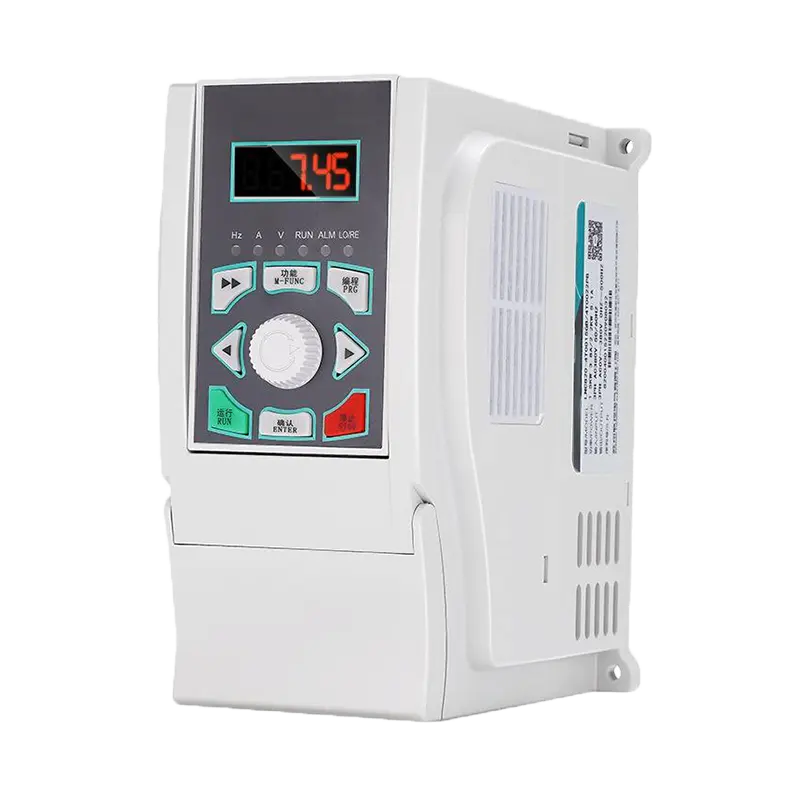
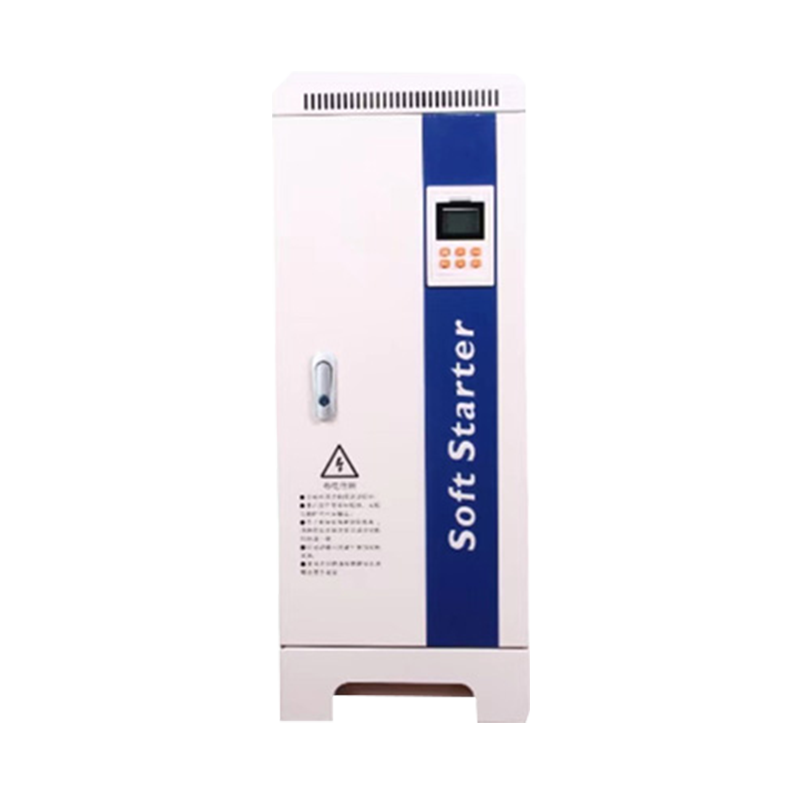
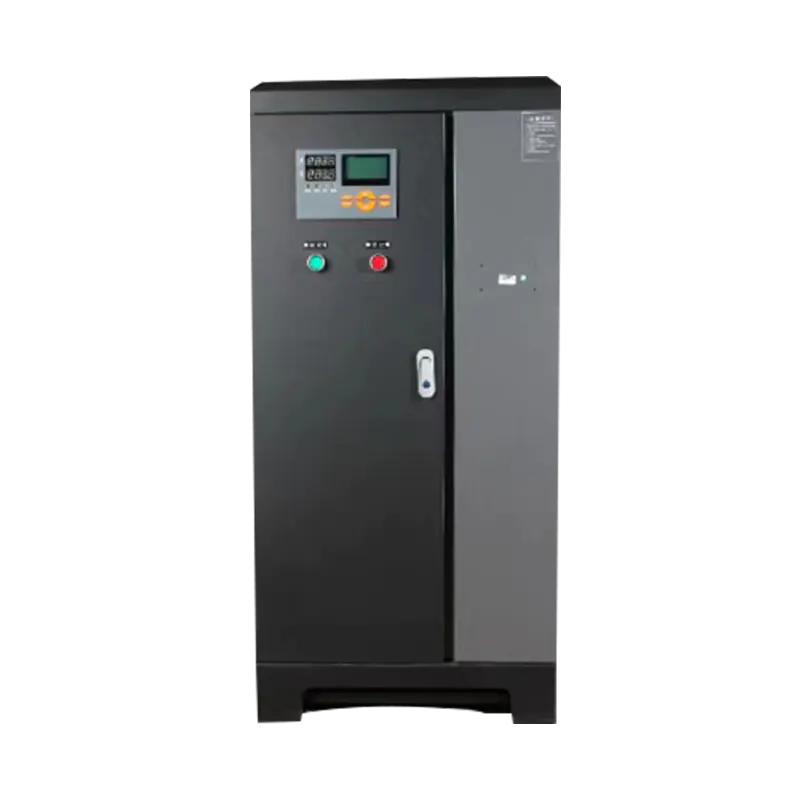

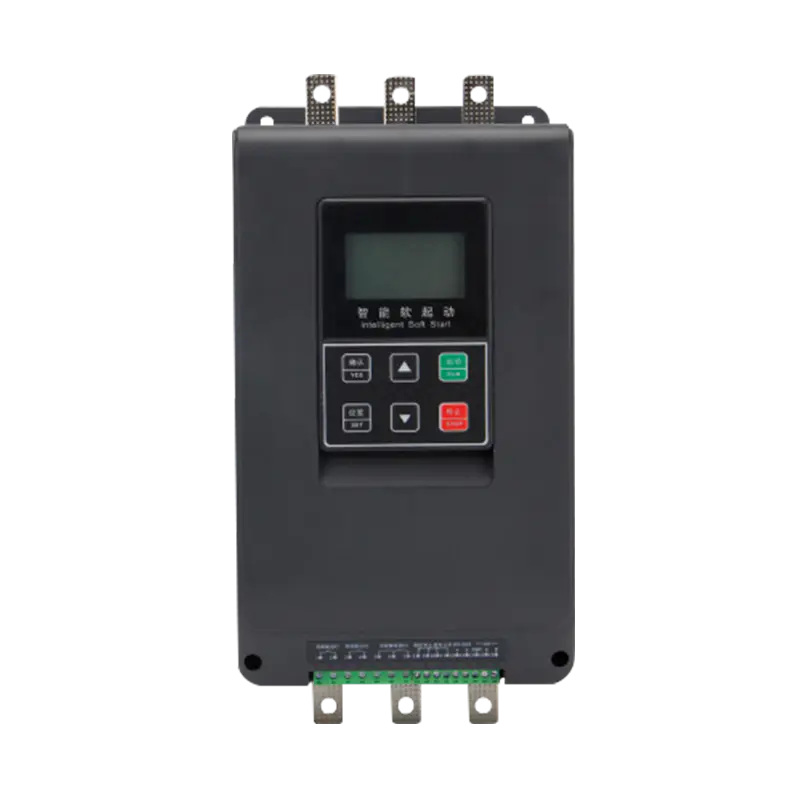

 浙公网安备33038202003754号
浙公网安备33038202003754号